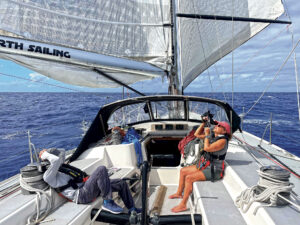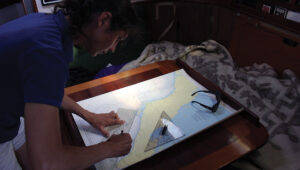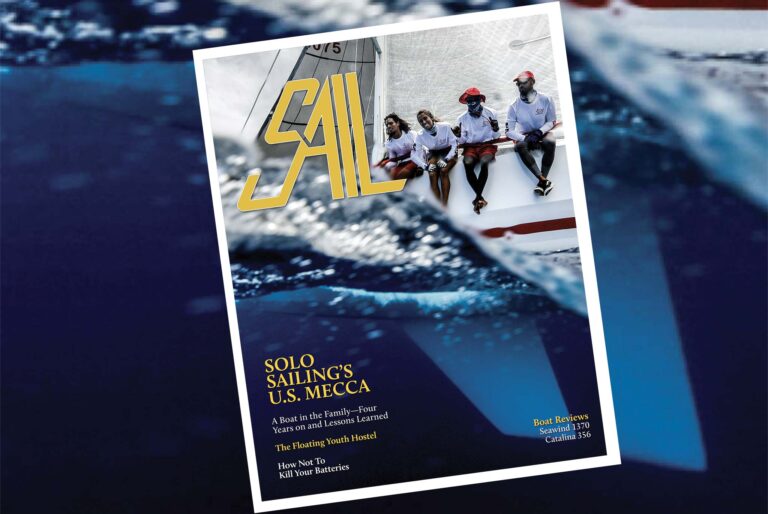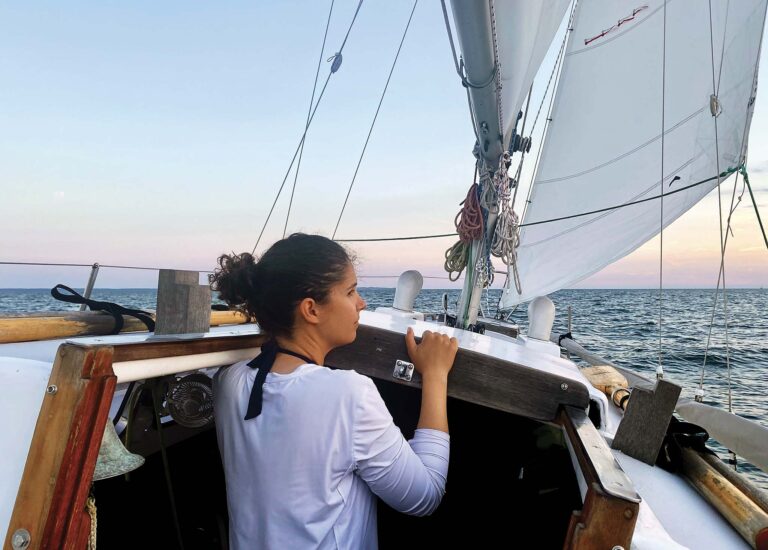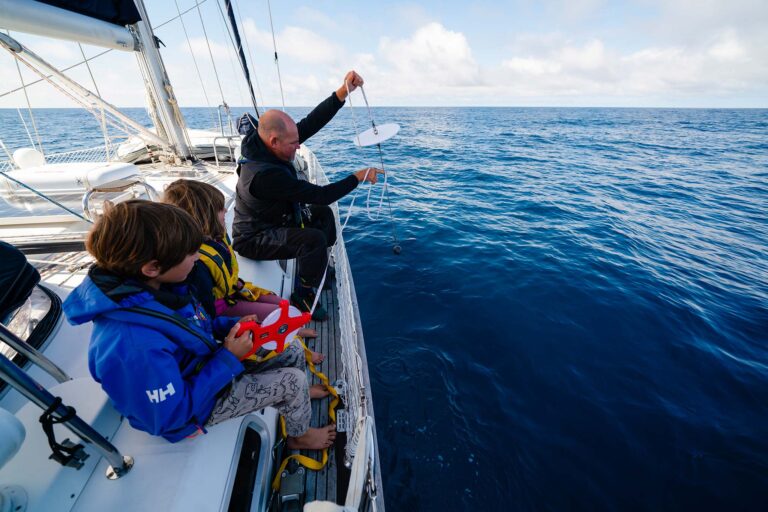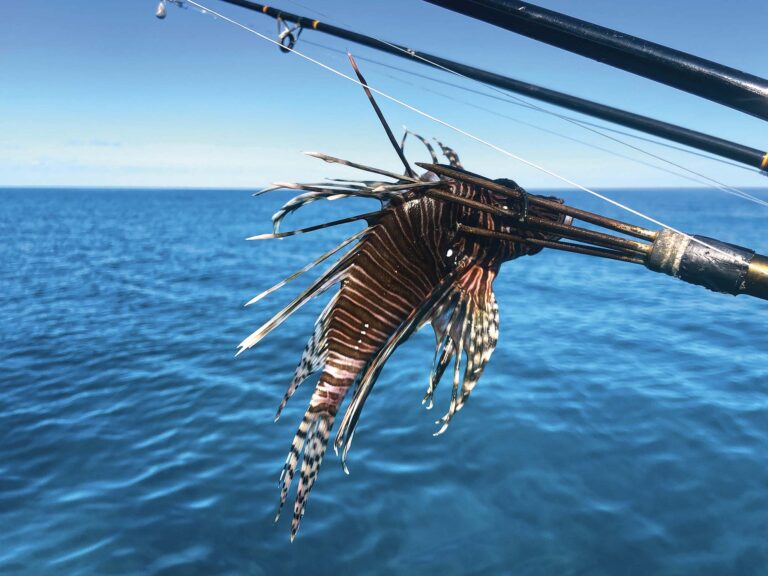
Thinking of spending cyclone season in the South Pacific? Plenty of sailors take the chance every year, with the recent travel restrictions imposed by the pandemic making this an especially popular option in 2020.
Cyclone season in this part of the world runs from November to April, with the areas most affected stretching from French Polynesia to New Caledonia. To avoid getting in trouble you either need to sail through the entire region in a single season, make a detour to higher latitudes or New Zealand, or be prepared for storms.

Yes, staying put is a risk, but doing so can also be very pleasant. The weather is more consistent, the breezes gentler, and there are fewer squalls, which allows you to explore anchorages best avoided the rest of the year. The water is also warmer, and you will often find you have even the most popular anchorages to yourself.
In order to be safe and enjoy this time of the year, it’s vital you have a plan in place in the event a storm starts heading your way.
Many areas have “hurricane holes” you can run to—protected bays or rivers, where you can both anchor your boat with the keel planted in the mud and secure it with rope to the surrounding mangroves. It’s wisest to inspect the area with a dinghy well beforehand to check the depths and work out the best spot. Be warned, though, if yours is a sparkling, brand-new yacht, mangroves can be pretty hard on gelcoats. For a seasoned cruiser, on the other hand, a hurricane hole can provide an ideal safe, cost-free solution to extreme weather.v

Marinas are another popular choice, as they are usually built in naturally protected areas. In Fiji, where my partner, Timo, and I recently spent cyclone season, Vuda Marina on the west coast of Viti Levu is one such marina, purposely built to protect a boat in a cyclone. Located in a hurricane hole and sheltered by some nearby mountains, the basin is designed with an 800ft entrance channel to which a surge boom is attached eight hours before any cyclones make landfall.
This surge boom, a massive gate made of stainless steel pipes and giant airplane tires, is positioned across the channel to reduce the size of any incoming waves. Whatever passes through is then further dispersed where the channel widens to three times its size at the entrance. The boundary of the channel is also built in a curve to further dissipate the waves, and the entrance to the marina basin has been placed at a 90-degree angle to the rest of the channel to prevent whatever seas that remain from entering.

As for the basin itself, it’s in the shape of a circle with a central mooring connected by a huge chain to a massive weight composed of a sugar factory engine wheel and a concrete block with a combined weight of over 20 tons. Boats are arranged in a circle around the basin, bows facing toward the center. Whenever there’s a cyclone alert, each boat’s anchor chain is connected to this central mooring. Each berth also includes a pair of rails from the island’s old sugar-cane train planted 20ft deep in the ground to which the boat’s stern is connected by yet more chain. Ropes are used to connect the boats to the sides of their docks in all directions to limit the shaking.
Finally, one of the absolute best ways of keeping your boat safe during cyclone season in the South Pacific is to put it in a cyclone pit. These can be found at Vuda Marina for boats up to 80ft, and if the pits are full more can be dug. Blocks of wood at the bottom of each of the elongated holes support the keel. Comfortable tires cushion the hull. Once your boat is sitting snuggly in its pit, the yard ties it down with cyclone straps that have a breaking point of four tons. When boats are stored in this way, insurance is often still valid.
Although you should never underestimate the power of nature, should you find yourself in a cyclone zone this season, with the right care and attention, you, too, can weather the worst.
Photos by Joanna Hutchinson
September 2021

